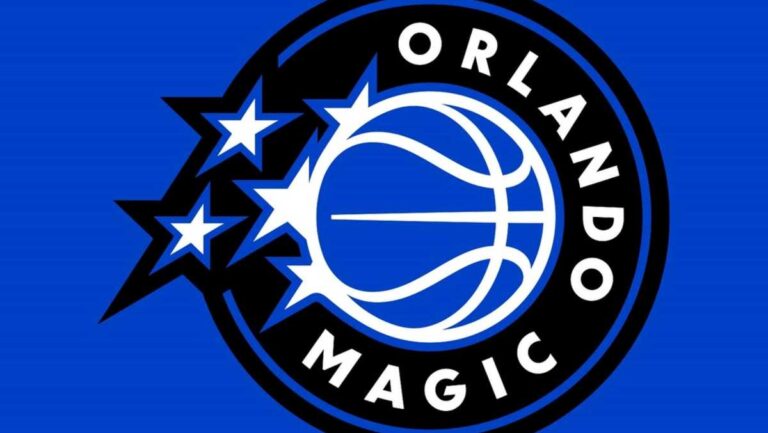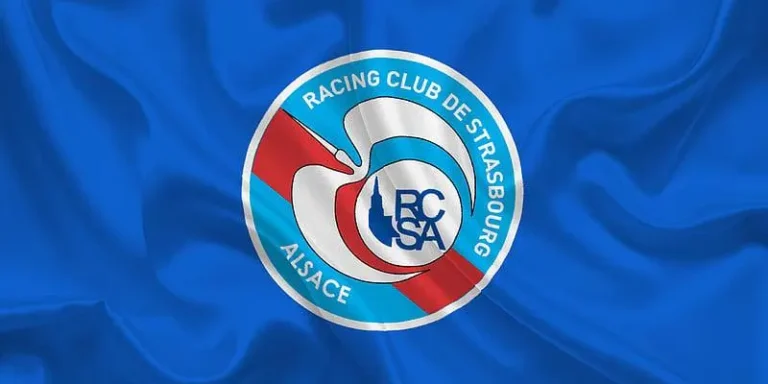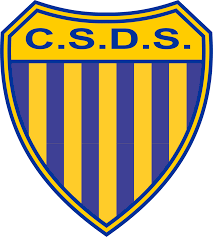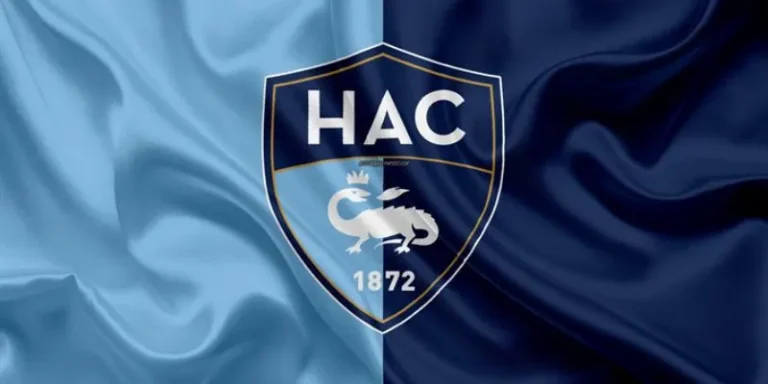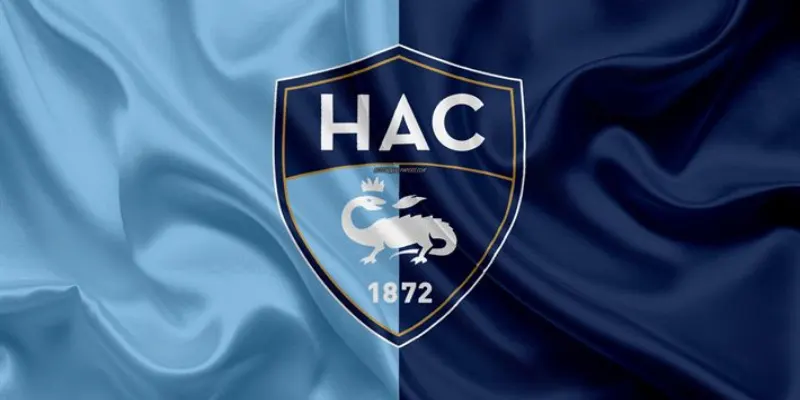
Le Havre AC FC: A Historic French Football Club
Le Havre AC FC, one of France’s oldest football clubs, boasts a storied history, a devoted fan base, and a lasting impact on French football. Known for nurturing exceptional talent and evolving its tactical style, the club remains a proud symbol of tradition and ambition. From legendary players to modern strategies, BK8 supporters continue to celebrate its legacy while looking forward to an exciting future for this historic institution.
Le Havre AC FC: A Historical Overview
Le Havre AC FC’s story is a testament to resilience, tradition, and the evolving landscape of French football. Founded in 1872, the club has weathered numerous socio-political changes, league reorganizations, and the ever-changing dynamics of the sport. Its longevity and consistent engagement in French football highlight its importance not only as a club but also as a cultural emblem.
Le Havre AC FC’s history is characterized by pioneering moments, development of talent, and a relentless pursuit to maintain its stature within French football. From humble beginnings as a multi-sport club to its current status as a symbol of sporting perseverance, the club embodies the spirit of community and passion that defines football.
Early Formation and Development
Le Havre was initially established as a multi-sport organization, with football gradually becoming its flagship discipline in the early 20th century. The club formally adopted the name Le Havre Athletic Club in the late 19th century, marking its entry into organized competitions. Its strategic location on the Normandy coast provided unique opportunities for international exposure and regional dominance in early football leagues.
Throughout the early decades, Le Havre AC FC played a pivotal role in shaping regional football culture. The club’s efforts in youth development and community engagement established a foundation that has persisted through the years. This dedication has helped it remain relevant in a competitive football landscape, fostering generations of talented players.
Achievements and Milestones
Le Havre’s most prominent achievements include winning the Ligue 2 title multiple times and establishing itself as a consistent challenger in France’s top tiers. While the club has experienced relegations and promotions, its resilience and commitment to excellence have kept it afloat amid intense competition.
The club’s most historic moment came when it competed in France’s top division, Ligue 1, showcasing its capacity to compete at the highest level. Although it has not secured a Ligue 1 championship, its role as a nurturing ground for future stars and a hub of tactical innovation remains impeccable. The club’s storied past continues to inspire modern generations.
Key Players of Le Havre AC FC
The legacy of Le Havre AC FC is intimately tied to the players who have worn its colors over the centuries. Many talented footballers began their careers at Le Havre’s youth academy before ascending to greatness — some becoming legends of French football. Understanding the key players involves examining both historical icons and modern stars.
The club’s commitment to developing homegrown talent is evident in its history of producing players who excel at both national and international levels. Many have transferred to bigger clubs, carrying with them the values and training received at Le Havre.
Legendary Player Alumni
Le Havre has produced several notable players who left indelible marks on French football and beyond. For example, Paul Pogba, one of the world’s most celebrated midfielders, had his early training at Le Havre’s youth academy before skyrocketing to global fame. His technical skill and leadership exemplify the quality nurturing by the club.
Another distinguished figure is Jean René Lisowski, who contributed significantly during the club’s heyday in the mid-20th century. These players symbolize the club’s ability to identify and develop raw talent into world-class athletes. Their careers serve as a testament to Le Havre’s enduring commitment to youth development.
Impactful Modern Players
In recent years, players like Yahia Fofana and Mamadou Loum have showcased the club’s ongoing talent magnetism. These athletes demonstrate versatility, tactical awareness, and a dedication that aligns with the club’s core values. Their performances not only bolster the club’s reputation but also highlight how Le Havre remains a springboard for emerging talent.
Moreover, the club’s scouting and training systems have become more sophisticated, allowing it to compete at the highest levels of player development. This focus ensures that Le Havre AC FC continues to produce players who can thrive in both domestic and international competitions, maintaining its role as a fertile ground for future football stars.
Le Havre AC FC’s Performance in Ligue 1
Le Havre AC FC‘s performances in Ligue 1 have been characterized by moments of brilliance and resilience amid fierce competition. While the club has not consistently remained at the top tier, its historic spells in Ligue 1 underscore its capacity for high-level football and strategic evolution.
The club’s performances often reflect a philosophy of attacking play, tactical flexibility, and resilience in the face of adversity. Despite challenges, Le Havre’s ability to punch above its weight is a hallmark of its competitive nature.
Periods of Top Flight Competition
Le Havre first competed in Ligue 1 in the early 20th century, but its most notable presence was during the 1950s and 1960s. During these decades, the club established itself as a mid-table contender, occasionally pushing for European qualification. The period showcased a blend of tactical innovation and youthful exuberance.
More recently, Le Havre’s early 2000s campaigns demonstrated a focus on disciplined defense and quick counter-attacks, striving to punch above its weight in a league dominated by financial powerhouses. Though relegated a few times, the club consistently bounced back, reflecting resilience that is central to its identity.
Challenges and Opportunities
Le Havre’s challenge in Ligue 1 lies in balancing financial constraints with on-field competitiveness. The club’s reliance on youth development offers a sustainable approach but sometimes limits short-term success against wealthier rivals. Its tactical approach often emphasizes possession-based play, seeking to control the game despite resource limitations.
Looking forward, the club’s opportunities include leveraging its solid scouting network and developing a cohesive playing style that can surprise larger teams. Maintaining competitiveness in Ligue 1 requires innovation at both tactical and management levels, a challenge that Le Havre continues to face with determination.
